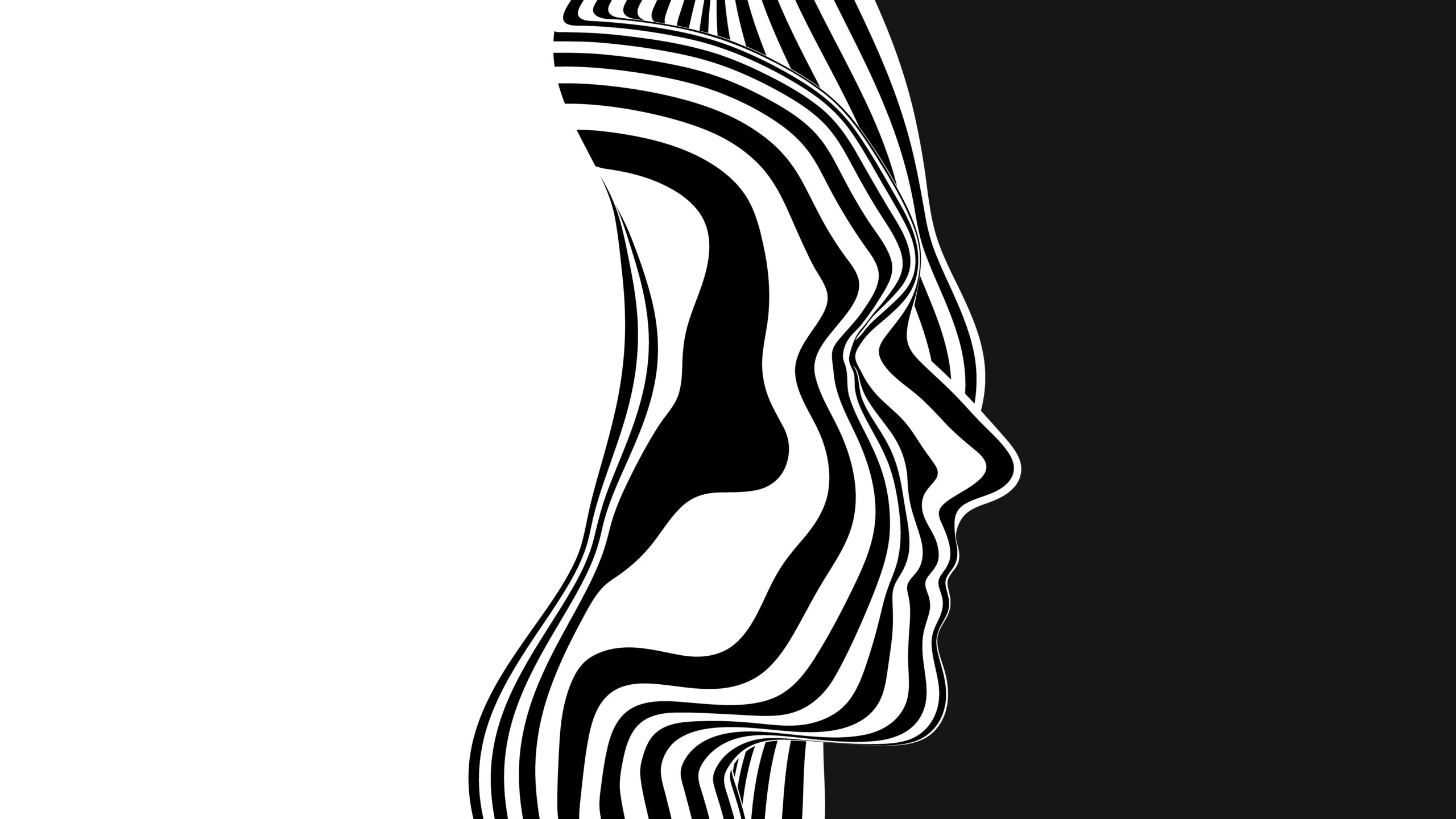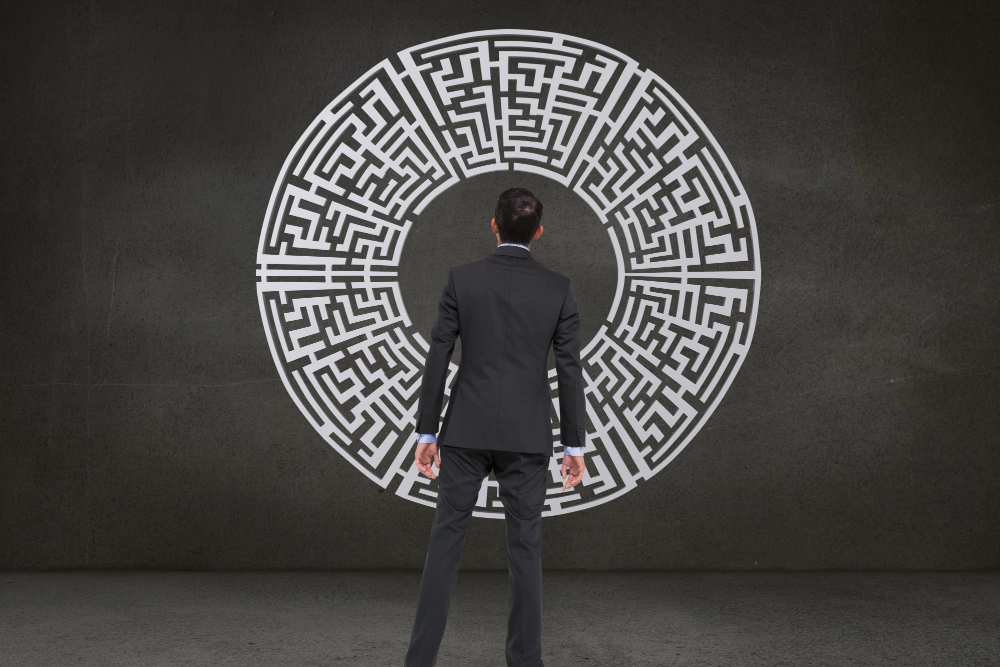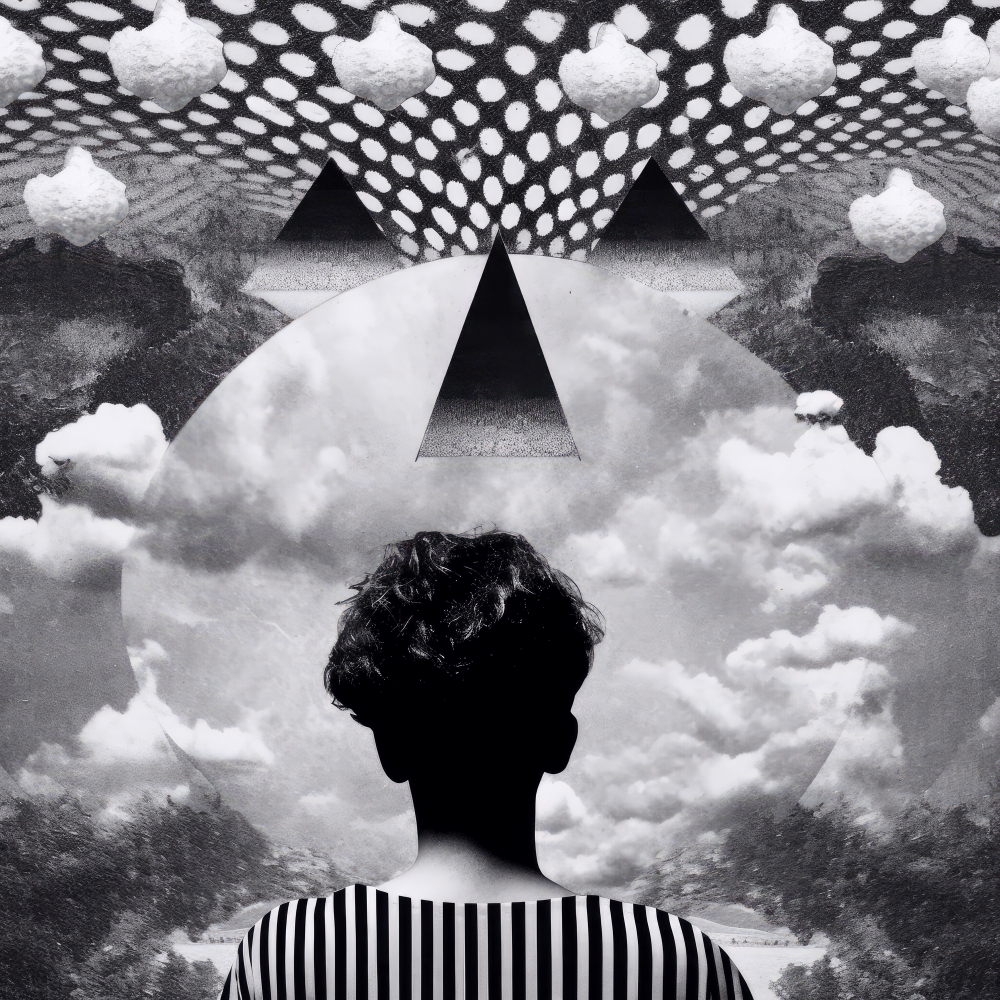Intro
Illusions are everywhere — in the world around us, in our perceptions, and even in our own thoughts. They’re not just optical curiosities or party tricks; illusions show us the ways our mind interprets reality. Understanding them can give you a deeper perspective on life, your emotions, and your inner energy.
What Are Human Illusions?
A human illusion is any perception, thought, or belief that seems real but doesn’t reflect objective reality. It’s your mind’s interpretation, sometimes helpful, sometimes misleading. Illusions remind us that what we see or feel isn’t always the truth — and learning to notice them is the first step toward clarity.
Everyday Examples of Human Illusions
- Optical illusions: Those patterns or images that trick your eyes into seeing movement or impossible shapes.
- Cognitive illusions: Believing you’re in control when you’re influenced by habits or circumstances.
- Emotional illusions: Assuming someone dislikes you based on their expression when it’s unrelated.
- Social illusions: Comparing your life to others’ curated social media posts.
Illusions aren’t “bad.” They’re opportunities to train awareness, build discernment, and deepen your understanding of yourself and others.
Types of Illusions

1- Optical Illusions
These are visual tricks that confuse your brain. Examples include images that appear to move, change shape, or seem impossible. They remind us that even our senses can mislead us.
2- Cognitive Illusions
These involve errors in thinking, like the illusion of control, where we overestimate our ability to influence outcomes. This type also includes confirmation bias — only seeing what aligns with our beliefs.
3- Emotional Illusions
Our feelings can create distorted perceptions. Fear, jealousy, or desire can make events or people appear different from what they really are.
4- Social Illusions
These arise from the influence of others or society. Feeling left out, judged, or less successful is often the mind misinterpreting social cues or comparisons.
5- Bodily Illusions
These involve sensations in the body, like phantom limb pain or the sense of movement in a still limb. They reveal the brain’s incredible role in constructing reality.
Why Do Humans See Illusions?
Illusions exist because the brain’s job is to make sense of incomplete or complex information quickly. Sometimes it fills in gaps, overgeneralizes, or predicts outcomes — and that’s where illusions appear. They help us navigate life efficiently but can also mislead when we take them as absolute truth.
How Illusions Affect Our Energy
Illusions don’t just influence perception; they impact your energy. Believing negative thoughts or misjudging situations drains your vitality. Recognizing illusions frees mental and emotional space, allowing your energy to flow more freely. This is where practices like meditation, mindfulness, and energy reading come in handy.
For those looking to deepen their awareness, Mastering Energy Reading provides practical exercises to detect when your mind is creating stories or illusions, helping you see what’s truly happening beneath the surface.
Examples of Human Illusions in Daily Life

- The Mirror Illusion: You perceive yourself differently than others do.
- The Time Illusion: Feeling like time flies when enjoying yourself, or drags during boredom.
- Relationship Illusions: Interpreting someone’s silence as rejection when it’s unrelated.
- Success Illusions: Believing that someone’s life is perfect based on surface appearances.
Recognizing these patterns can help you pause, reflect, and respond rather than react, keeping your energy aligned and grounded.
FAQ

What is a human illusion?
It’s when your mind perceives something as real, but it’s not exactly accurate. Our senses and thoughts are filtering reality through assumptions and past experiences, which can create misperceptions.
What are the four types of illusions?
Typically: optical, cognitive, emotional, and social illusions. Each affects how we see the world differently — visually, mentally, emotionally, or socially.
Why do humans see illusions?
Our brain attempts to make sense of incomplete information, predict outcomes, and conserve energy during processing. Sometimes it “fills in the blanks,” and that’s how illusions arise.
How many illusions are there?
There’s no fixed number. Illusions can be as varied as the ways our senses and mind interpret reality. Every experience is filtered, so new illusions appear all the time.
Is love real or an illusion?
Love is real, but our ideas about it can be influenced by illusions — projections, expectations, or desires that shape our experience.
How to come out of an illusion?
Awareness is key. Observe without judgment, question assumptions, and pay attention to patterns in thought, emotion, and energy. Practices like meditation and energy reading can help.
What is the illusion of control in humans?
It’s the belief that we can fully control outcomes or events, even when many factors are outside our influence. Recognizing this frees mental energy and reduces stress.

Final Thoughts
Illusions are not obstacles—they’re opportunities to sharpen perception and reconnect with your inner clarity. By noticing when your mind is creating stories, you can conserve energy, navigate life more gracefully, and see what’s truly happening.
If you’d like guidance on spotting illusions in yourself and others, consider exploring a private session with Yair or deepening your practice with Mastering Energy Reading—both are designed to help you trust your perception and work consciously with energy.
If you’re ready to take this further, you can also book a private session with Yair for personalized guidance to help you connect with and understand your unique energy.
Subscribe
If this guide sparked something in you, we invite you to stay close. Subscribe to our newsletter for more insights, guided practices, and upcoming events that support your energy awareness and spiritual growth.
If you’d like to support us, please subscribe to our YouTube channel, buy me a coffee, or join our Aura Community.


